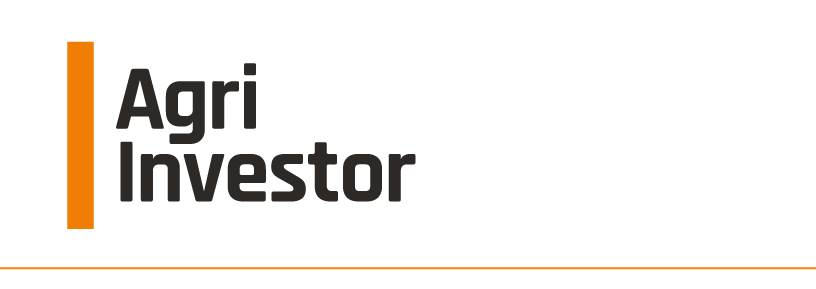
Matthieu Favas
We caught up with World Bank risk expert Marc Sadler to understand how close the asset class is to an institutional investment boom.
Low interest and strong crop yields are prompting US farmers to borrow ever more. Are they still solvable? Here is our answer in two charts.
The package includes a $271m commitment from China’s Hony Capital as well as pledges by Guangdong Wen's Foodstuff Group and Beijing Capital Agribusiness Group.
Strong demand for maize in China and the US will eat into global reserves but it remains a mixed bag elsewhere. We sum up supply and demand across markets in a few charts.
Super-plants enhanced by microbial treatment are attracting the attention of farmers and sponsors alike. Institutional investors have been more cautious, but the opportunity is not lost on everyone.
The asset class sits in the middle of overall real assets performance for the $62bn pension, avoiding the dismal fate of energy but falling well short of infrastructure’s stellar IRRs.
US corn acreage remains concentrated in the Midwest, but its use as input for food and fuel has widened its appeal among states. Our interactive maps take stock of maize democratization since the start of the millennium.
The palm oil giant hopes to tap a market set to grow to $16bn by 2021 as it opens a second plant in partnership with Spain’s Cepsa.
The Africa-focused firm says it continues to be shown ‘potentially accretive acquisition opportunities’ in the region after its purchase of WoodBois in July.
The sovereign wealth fund, along with Flagship Pioneering and two new investors, have allowed Indigo to close on an extra $156m in fresh capital.














